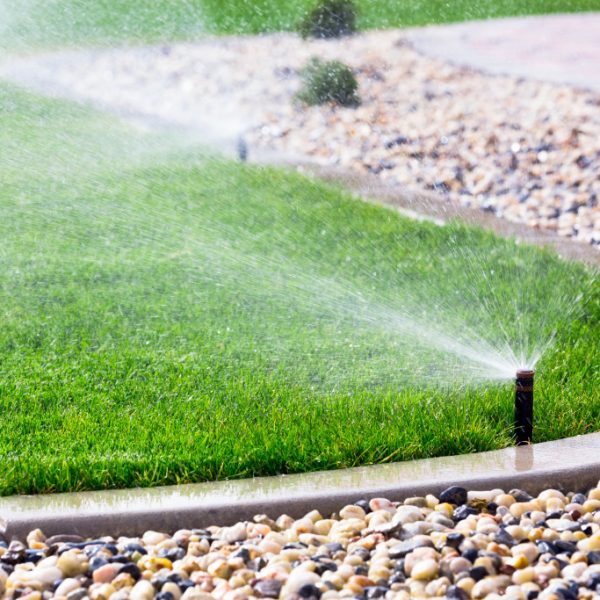Compared to estimating how long it takes spray paint to dry, acrylic paint is actually much faster. This has a lot to do with its composition and properties. Exposure to air can make acrylic paint dry, and it can dry even faster based on factors like temperature, humidity, exposure to wind, and more.
This can make painting with acrylic paint difficult if you need to blend colors. So, if you’re wondering how long does it take acrylic paint to dry, here’s what you need to know.
Brief Background on Acrylic Paint
The creation of the first acrylic paint can be attributed to Otto Röhm, one of the founders of the German chemical company Röhm und Haas. Röhm invented acrylic resin, a thermoplastic substance that would later be used in many paints. This is because of its anti-staining, water-resistant, adhesive, weatherproof, and anti-cracking properties.
Acrylic resin was then transformed into acrylic paint. It would go on to be developed from 1934 until the late 1940s. By the 1950s, acrylic paint was available on the market. Prior to this, pre-19th century artists had to mix their own paint to their desired color and thickness. This was difficult because of paint’s fast-drying properties. With acrylic, it was easier to change the hardness, flexibility, texture, and other characteristics of the paint by adding water. Acrylic paint was soluble to water, but when it dries it becomes water-resistant.
How Long Does It Take Acrylic Paint to Dry?

Acrylic paint is generally fast drying. In an ideal environment, it will dry much faster than watercolor or gouache on canvas. Using a thin layer of acrylic paint can be dry at the surface by around one to two minutes. A thicker layer may take up to 30 minutes to an hour, depending on how porous the surface is.
However, just because it is dry to the touch does not mean it is completely dry. Depending on how much water is used, how porous the surface is, and the environment while painting (acrylic paint will dry faster in hot environments and low humidity), it could still have some moisture in it. Because of this, it’s best to let the paint dry for at least overnight in a dry and light place before adding varnish or framing your painting. It also helps to prime your canvas with a layer of gesso to prevent the canvas from absorbing too much moisture.
Retarders & Other Anti-Drying Effects
Acrylic paint’s fast drying time can be a problem for those who use regular art palettes. Because of this, painters have found different ways to keep acrylic paint from drying. However, some of these may have an effect on how long it takes to dry out acrylic paint when used on a surface.
Some have a spray bottle or mister to lightly mist their palette to keep it moist. Adding too much water can change the texture and, on unprimed canvas, add more moisture to dry out. In this case, you might want to add an extra two hours (or even leave it overnight) to make sure all moisture has evaporated.
Other opt to use acrylic gels, which is also known as a retarder or slow-dry medium. This is a white mousse-like substance that you mix with acrylic paint on your palette. This will not change the color or consistency of your acrylic paint (unless you add water). It will, however, slow down the drying process and let acrylic stay drier for much longer. You can also buy acrylic gel in your craft store, art supply store, or online. Mixed with retarders, you might want to leave your painting to dry for 24 hours.
Professional Acrylic Paint Drying Time
In your craft or art supply store, you may find professional acrylic paints that actually take much longer to dry. You can tell that they’re professional-grade acrylic paint because they’re more expensive than your regular acrylic paints.
These take much longer to dry, meaning there’s less waste on the palette and professional painters can leave acrylic on their palet much longer. However, this also means that acrylic on canvas can take much longer to dry. This can be much longer if you add retarders.
Generally, professional-level acrylic paint can dry within 30 minutes if it’s a thin layer and the conditions are ideal. Thicker layers of acrylic paint can take up to two hours to dry.
Factors That Can Affect Drying Time

Use of Acrylic Gel
Using retarders, acrylic gels, professional acrylic paints, and other products used to slow down acrylic’s natural drying properties will most likely continue to affect the paint even when painted. When using this, it’s best to leave it to dry overnight or for 24 hours to ensure it’s completely dry.
Use of Water
If you use pure acrylic paint without adding water, it will take much longer than if you mix acrylic paint with some water. This is because pure acrylic paint has a thicker consistency which will take longer to dry, while water can normally evaporate. However, on a porous surface like an unprimed canvas or cardboard, too much water may require an additional two hours or more to completely dry.
Thickness of Paint
How thick you apply your layers of paint can affect how fast it dries. A thin layer of acrylic paint can dry in a minute, so layering it on slowly can ensure there’s a shorter waiting time. However, using thicker layers of paint may take much longer, around 30 minutes.
Environmental Factors
For fast-drying acrylic paint, you need to be in a warm, low-humidity room with enough ventilation so that the acrylic is exposed to air. Otherwise, a cold and humid room with no exposure to wind can make the paint dry slower.
Displaying Acrylic Paint Art
Because of acrylic paint’s properties, acrylic-based art can be displayed indoors or outdoors. It is water-resistant, weatherproof, and will not crack or fade from sun exposure.
However, if you want to be safe and protect your art, you can opt to coat the final output with a layer or two of varnish to seal the paint. Varnish can also be used to saturate the color and create a uniform sheen over the entire painting.
Acrylic is a popular paint to work with when creating art. But if its fast-drying properties are difficult to work with, there are plenty of solutions available to help you speed up or slow down the drying process.




